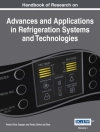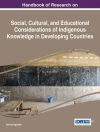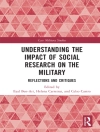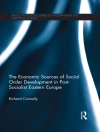This Second Edition describes the basic design and operation of a variety of types of lasers. It overviews some of the traditional applications of lasers, such as laser printers and laser machining. It also describes an unconventional application of lasers: the cooling and confinement of atoms at very low temperature. Ultracold atoms have a number of possible applications that include study of Bose-Einstein condensates. The book reviews traditional Bose-Einstein condensate experiments, as well as zero-gravity experiments and experiments on quasiparticle condensates. Other applications of ultracold atoms include highly accurate atomic clocks, and their use as a time standard. This research and reference text is aimed at science and engineering professionals as well as upper level undergraduate and graduate physics students.
Key Features:
- Provides an overview of the basic principles of lasers and reviews typology and operation
- Summarizes the important applications of lasers
- Covers the basic theory behind Bose-Einstein condensates in an accessible format
- Summarizes historical and recent results of Bose-Einstein condensate experiments
Innehållsförteckning
Part I Lasers
Chapter 1 The basic physics of lasers
Chapter 2 Types of lasers I: Conventional lasers
Chapter 3 Types of lasers II: Semiconducting lasers
Chapter 4: Types of lasers III: Free electron lasers
Chapter 5 Laser applications
Part II Optical Cooling, Trapping, and Bose-Einstein condensates – Chapter 6 Fermions and bosons
Chapter 7 Cooling techniques
Chapter 8 – Laser Trapping
Chapter 9 The Bose-Einstein condensate
Om författaren
Richard A. Dunlap is a Research Professor at Dalhousie University in Canada. He joined Dalhousie University in 1981 and became a full professor in 1990. Having published more than 300 refereed research papers, his previous books include Experimental Physics: Modern Methods, The Golden Ratio and Fibonacci Numbers, An Introduction to the Physics of Nuclei and Particles, Sustainable Energy, Novel Microstructures for Solids, Particle Physics and The Mössbauer Effect. He is the author of thirteen books, including six with IOP ebooks.












